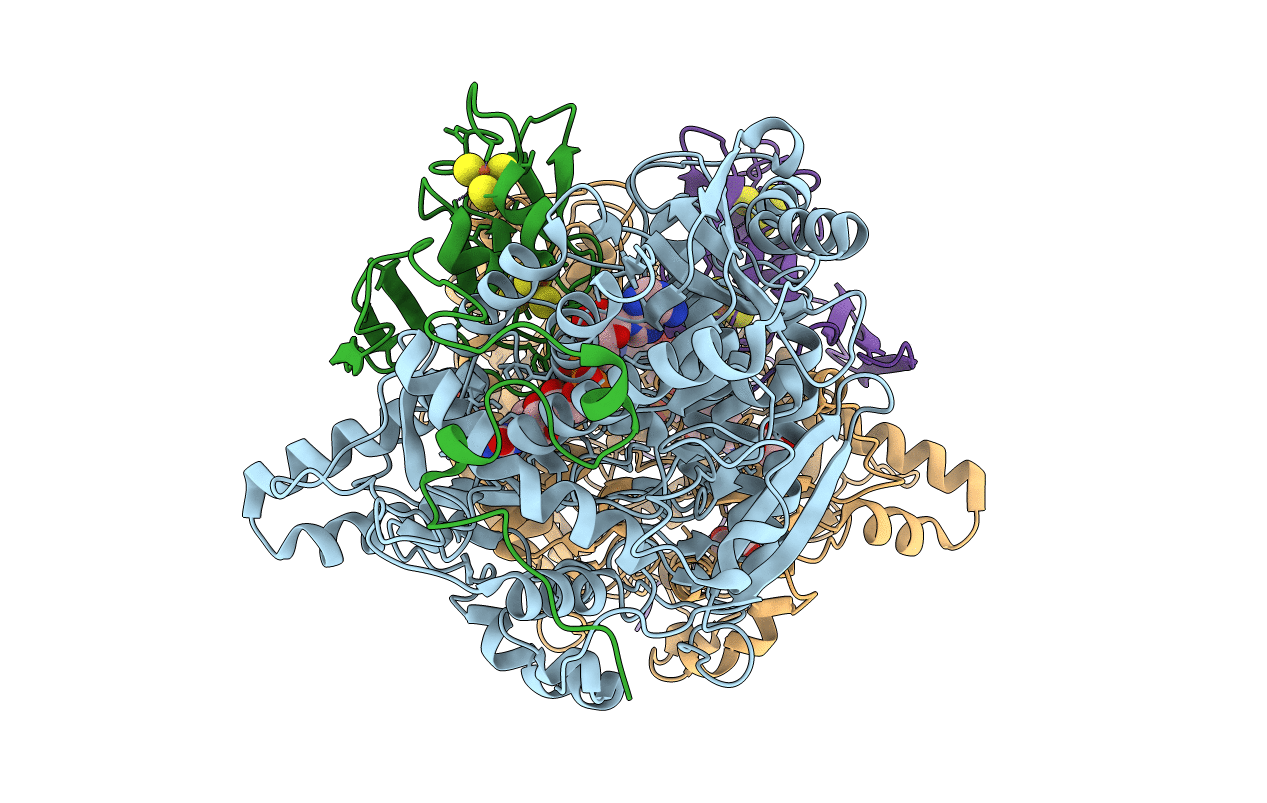
Deposition Date
2001-07-25
Release Date
2002-02-27
Last Version Date
2024-02-07
Entry Detail
PDB ID:
1JNR
Keywords:
Title:
Structure of adenylylsulfate reductase from the hyperthermophilic Archaeoglobus fulgidus at 1.6 resolution
Biological Source:
Source Organism:
Archaeoglobus fulgidus DSM 4304 (Taxon ID: 224325)
Method Details:
Experimental Method:
Resolution:
1.60 Å
R-Value Free:
0.20
R-Value Work:
0.18
R-Value Observed:
0.18
Space Group:
P 21 21 21


